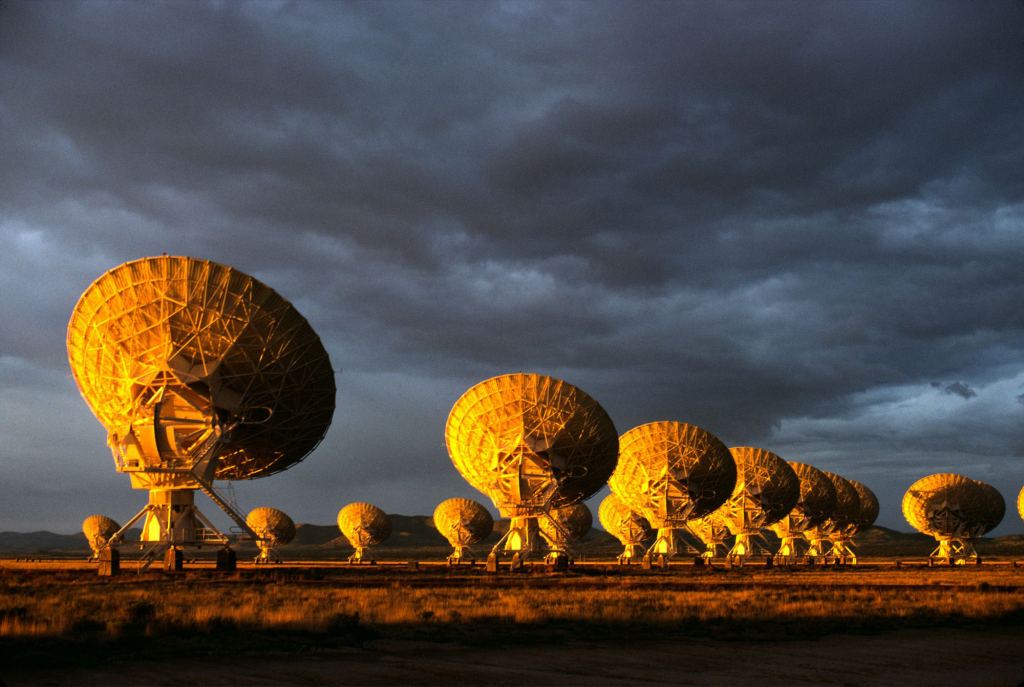There’s always more than one way to look at the world. There’s also more than one way to look at a galaxy. And sometimes combining those ways of looking can result in something truly special.
That is what happened recently when a team of astronomers from seven different universities in four different countries used three different telescopes to produce an absolutely spectacular image of a galaxy and its surrounding magnetic field.
The galaxy in the image is NGC 4217, a spiral galaxy which can be seen edge on in the constellation Ursa Major. It’s similar in shape to the Milky Way and about 67 million light years away. It also has a very large magnetic field.

That magnetic field expands to 22,500 light years away from the galaxy’s central disk. However, scientists aren’t really sure what causes such large magnetic fields around entire galaxies. They hope that images similar to the one recently composited will help solve that mystery.
The image of NGC 4217 and its magnetic field is a composite of images taken from 3 different telescopes. Radio data were collected at the Very Large Array, as part of the EVLA survey, run by the National Radio Astronomy Observatory. Images in the optical wavelength were collected as part of the Sloan Digital Sky Survey, while data on the hydrogen concentration (seen in red in the image) were collected at the Kitt Peak National Observatory. Even with all that data collected, the magnetic field lines still had to be calculated by Yelena Stein of the Observatoire Astronomique de Strausbourg, in Strausbourg, France.

What all that data and calculations has produced is an absolutely stunning image. It proves the beauty in taking a different look at the world…or galaxy.


Not that it matters much, but this galaxy lies ‘near’ Ursa Major, in the constellation Canes Venatici.